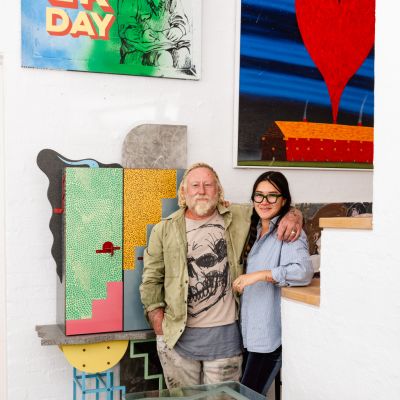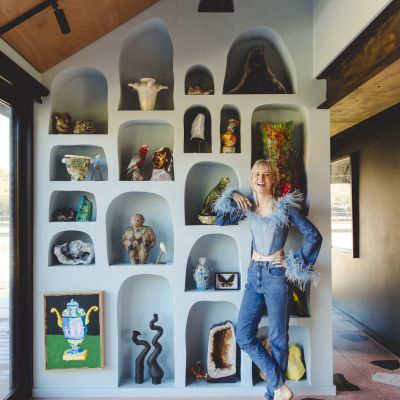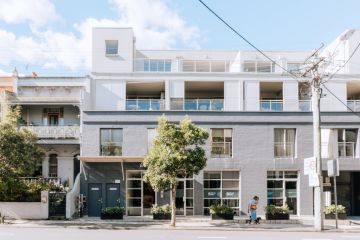How to weigh up art investment options for long-term growth
Investing in a home isn’t merely about bricks and mortar; interior features can bring joy to the onlooker and, hopefully, a rise in value.
Art offers infinite possibilities of both – if the buyer does their research, seeks out good advice, invests wisely and has luck on their side.
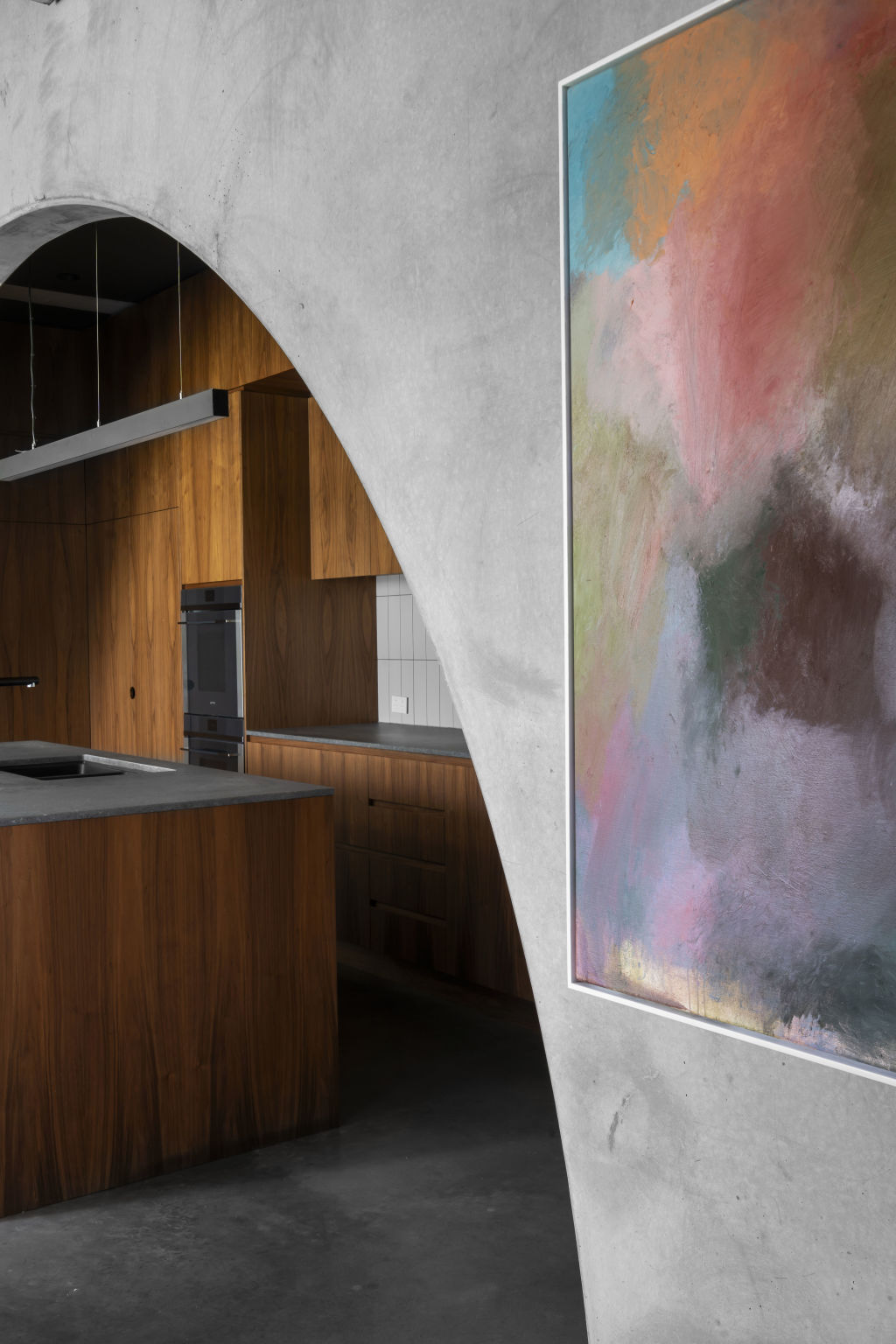
“First and foremost, buy a piece of art because you love it and it resonates with you because, like stocks, it might not necessarily go up in value,” says art consultant James Dorahy of his eponymous art advisory firm.
“But if it does, particularly if you’re buying under $5000, then that’s a bonus.
“If you’re buying in a higher range, build a relationship with a gallery you like and trust, or engage an art advisor, who acts like a broker. You can do some research yourself, too, into whether that artist exhibits, is in public galleries, has won prizes and is in important collections, and look at their market history.”
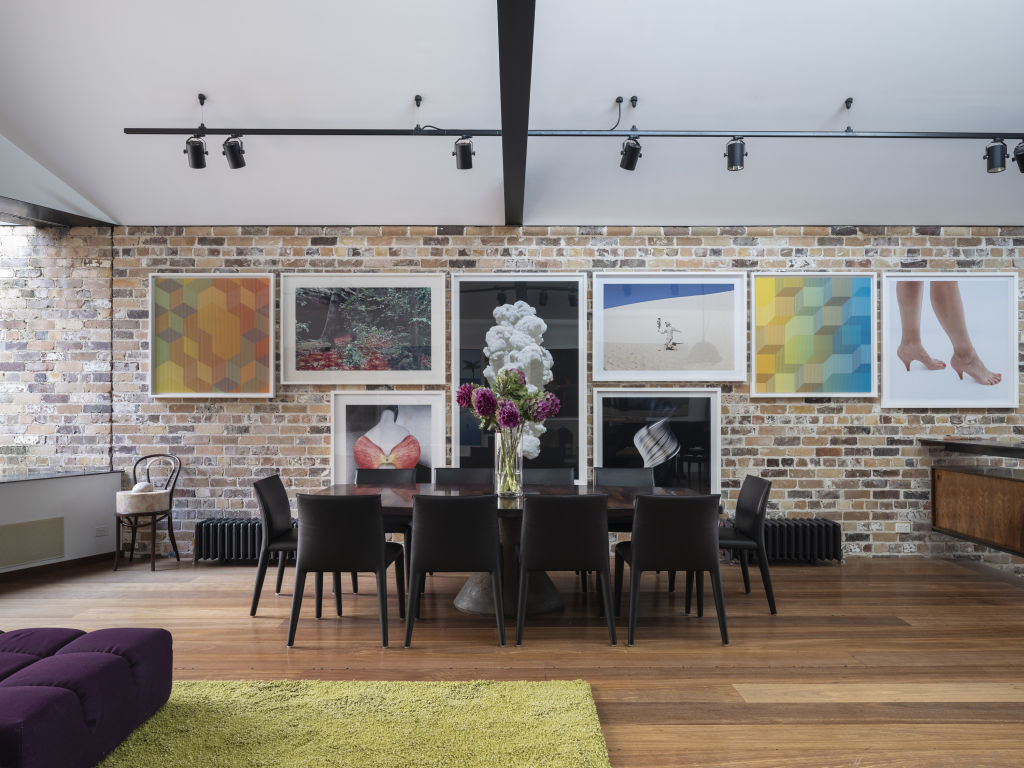
Ten years ago, Dorahy himself bought an artwork he liked for his own collection, Mirdidingkingathi Juwarnda Sally Gabori’s My Father’s Country, for just under $10,000.
Another work by the same artist just sold at auction overseas for $US81,230, or around $120,000.
Winning a prestigious prize can also see the value of an artist’s work suddenly soar.
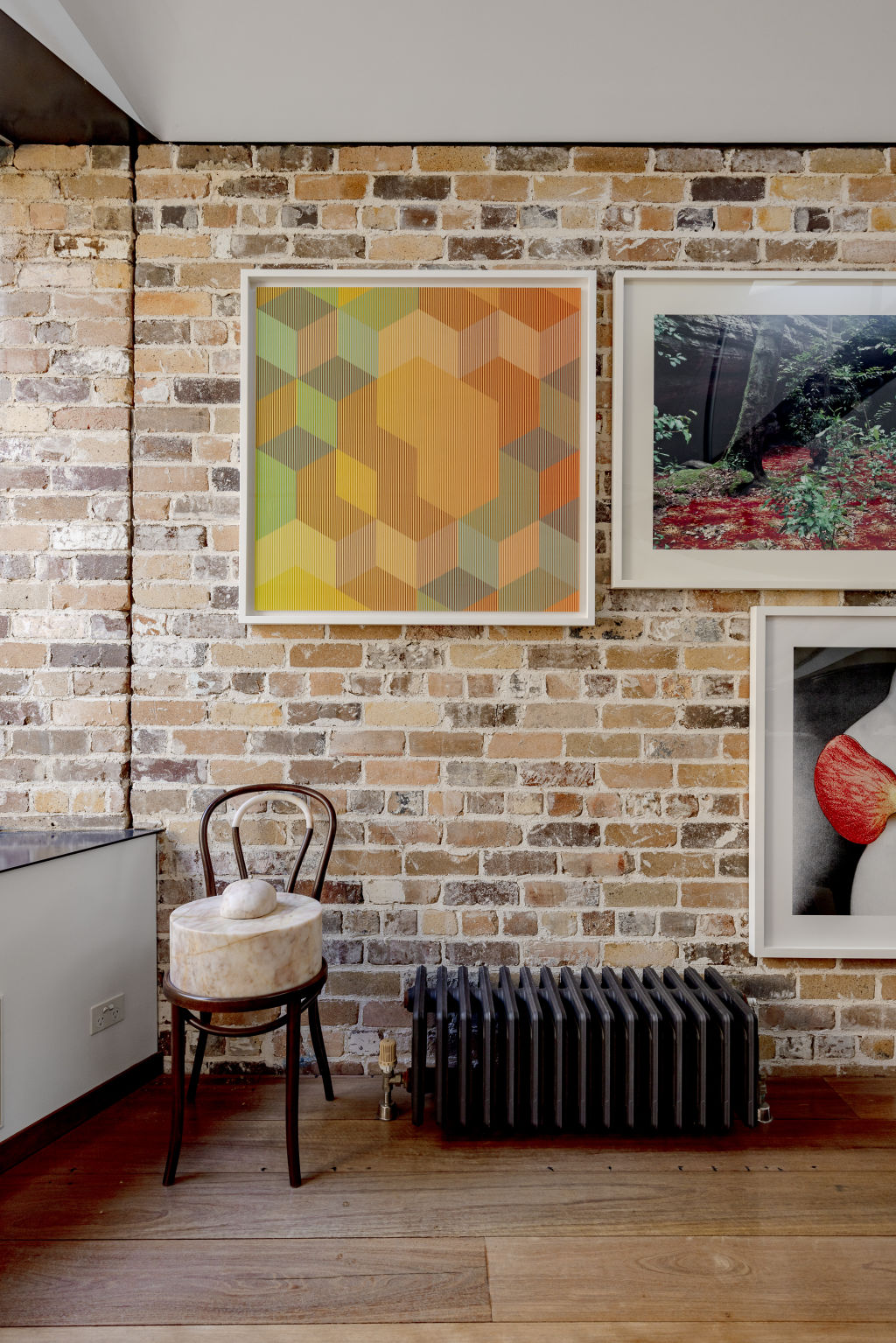
Gemma Smith, for instance, won the 2024 Mosman Art Prize, and she’s now represented by a top gallery that takes her work around the world, says Emilya Colliver, founder of Art Pharmacy.
“There is some luck in it, but taking advice is the best bet, and making sure the artist is going to continue producing work over time and exhibit often,” she says.
“Emerging and mid-career artists often offer the best value for early collectors, and you’re backing the future of Australian art.
“Also, consider sculptural pieces, ceramics, digital art and even custom lighting and furniture, which can all be strong investments too, and consider the space and scale. Too often, people buy pieces that are either too small or too dominant for a room.”
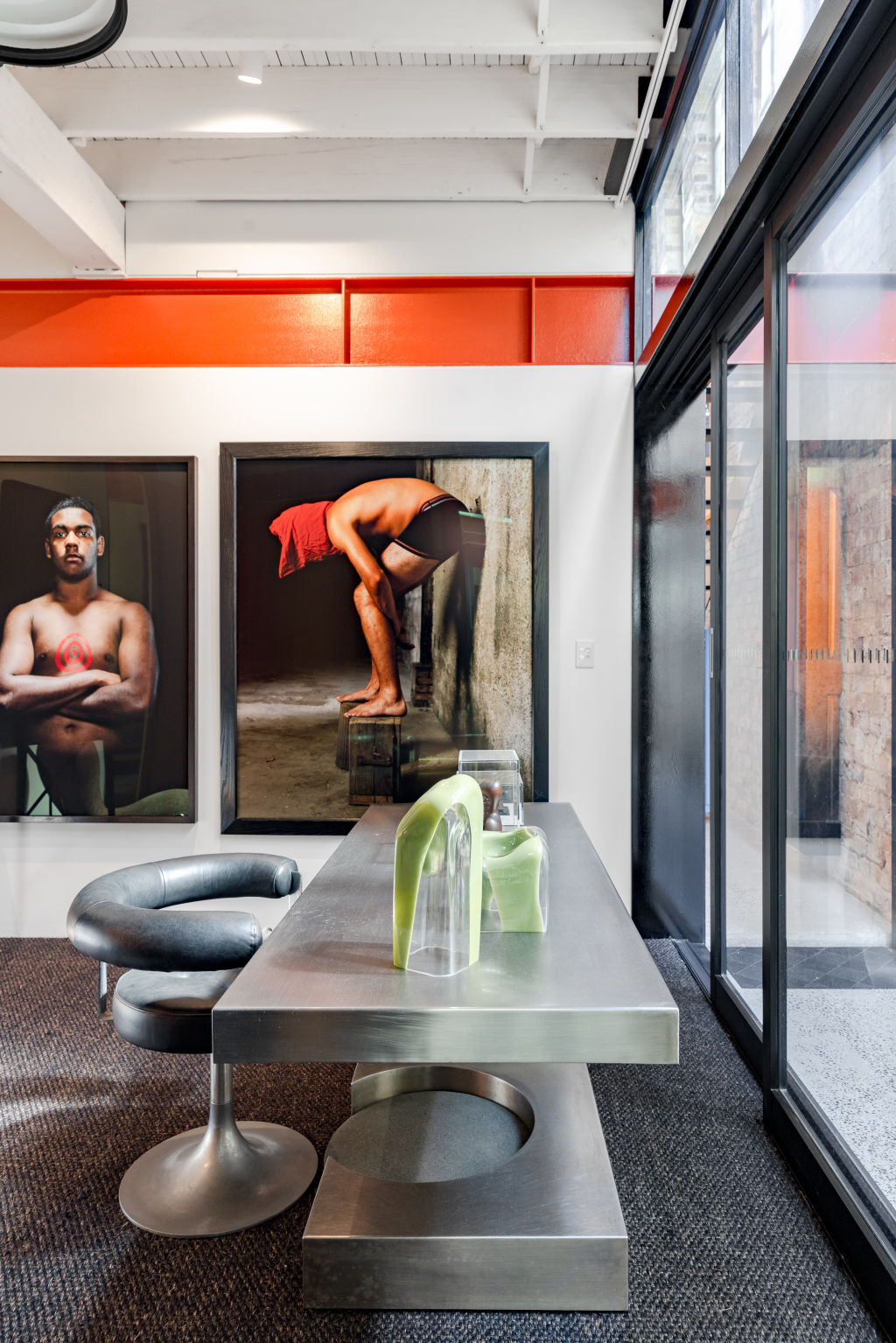
Colliver also advises rotating or layering artworks, which keeps a space fresh and protects the pieces from overexposure.
The buyer should verify the provenance, receive and retain proper documentation, and purchase insurance to safeguard the investment.
In addition, investors really should work out why they’re investing in art, says Michael Fox of Fox Galleries.
Are they buying because it fits in with their decor, they like it, for tax concessions, to support a particular artist, or in the hopes it’ll give them a return?
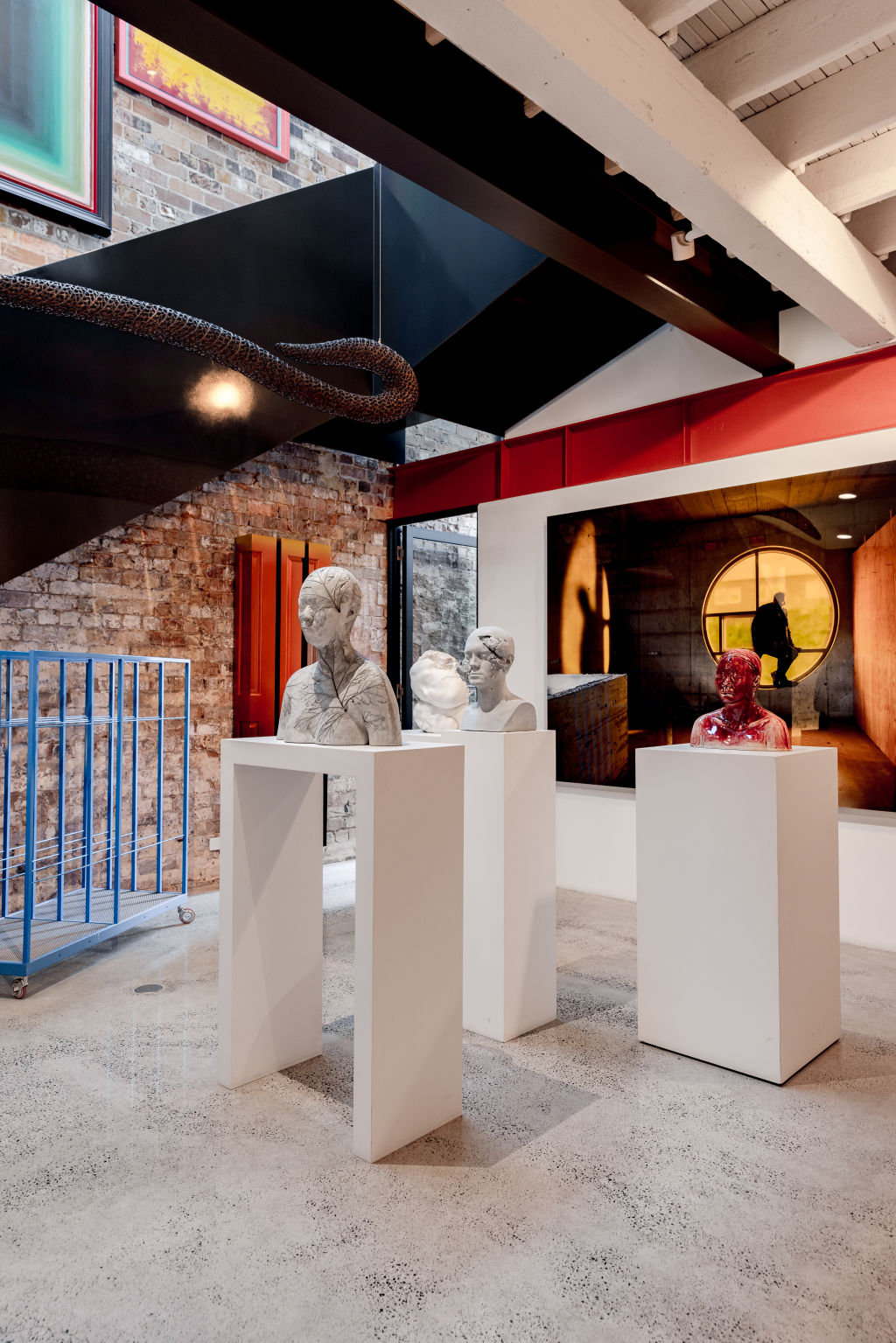
“Artists are human and can be unpredictable and sometimes do unpredictable things,” Fox warns. “But it’s just like shares in a portfolio – some go up and some go down.
“It’s always good to invest in someone who has a reputation and to remember that Australians aren’t generally great supporters of contemporary art from an investment point of view. We’re a bit of a conservative old country, and there’s a lot of focus on WWII art, and Aboriginal art is particularly hot at the moment.”
We recommend
We thought you might like
States
Capital Cities
Capital Cities - Rentals
Popular Areas
Allhomes
More
- © 2025, CoStar Group Inc.

